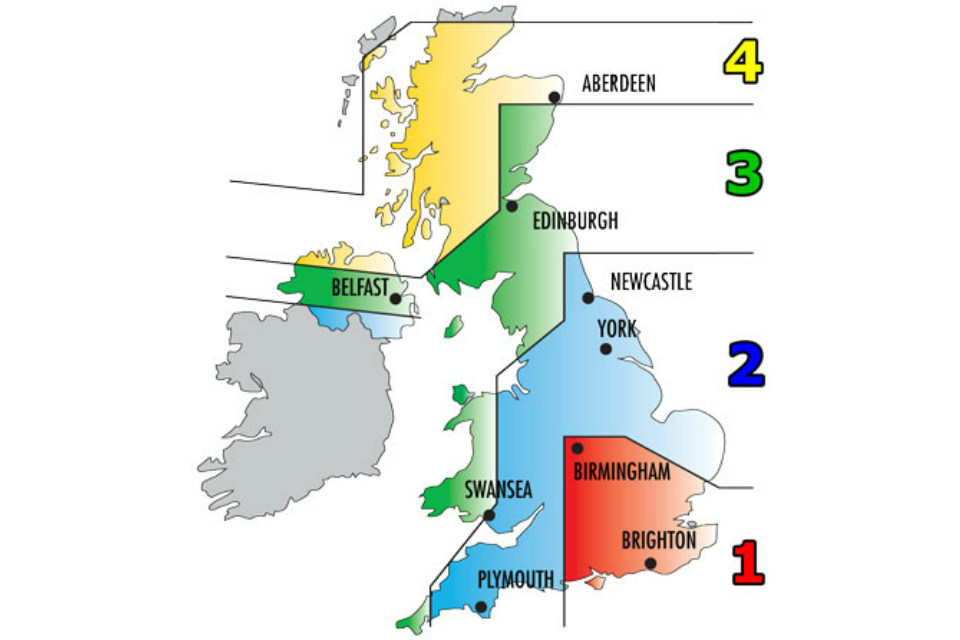Your garden walls: better to be safe
Information on inspecting garden and boundary walls
Garden walls
Garden and boundary walls should be inspected from time to time to see if any repairs are necessary, or whether a wall needs rebuilding. Such walls are amongst the most common forms of masonry to suffer collapse, and they are unfortunately one of the commonest causes of death by falling masonry. Your insurances may not cover you if the wall has been neglected.
Besides the general deterioration and ageing of a masonry wall over the years, walls may be affected by:
-
an increase in wind load or driving rain if a nearby wall is taken down
-
felling of nearby mature trees or planting of new trees close to the wall
-
changes leading to greater risk of damage from traffic
-
alterations, such as additions to the wall or removal of parts of the wall e.g. for a new gateway
Things to check
1. Is the surface of the brickwork crumbling away?
If restricted to a few bricks this may not be serious but walls can be weakened by general crumbling across either face.
2. Is the mortar pointing in good condition?
If the hard surface layer can be picked out from the joint, or if the mortar can easily be scraped out with, say, a door key, then this is a good indication that the wall may need repointing.
3. Is there a tree near the wall?
As trees mature, there is a risk of the wall being damaged by the roots, and from wind-blown branches. Damaged sections may have to be re-built, perhaps with bridges incorporated to carry the wall over the roots. Removal of large trees can also lead to problems because the soil accumulates more moisture and expands.
4. Is the wall upright?
Walls lean for a variety of causes, due for example to failure below ground caused by tree roots, a cracked drain, frost damage to the foundations or inadequate foundations. If your wall leans to an extent that could present a danger e.g. more than 30mm (half brick wall), 70mm (single brick wall) or 100mm (brick and a half wall) it is recommended that expert advice is sought. This may involve checking of the wall foundations.
5. Is the wall thick enough for its height?
The map and table below give guidance on how high walls should be in different parts of the UK relative to their thickness. Seek expert advice if your wall exceeds the recommended height, or in circumstances whereby this guidance is inapplicable e.g. walls incorporating piers, or walls supporting heavy gates or retaining soil.
6. Some climbing plants, like ivy, can damage walls if growth is unchecked.
Consider cutting them back and supporting regrowth clear of the wall.
7. Is the top of the wall firmly attached?
Brick cappings or concrete copings may be loose or there may be horizontal cracks (frost damage) in the brickwork a few courses down. Loose or damaged masonry near the top of the wall will need to be rebuilt.
8. Has the wall been damaged by traffic?
Minor scratch marks or scoring of the surface may obscure more significant cracks. Piers at vehicular entrances may have been dislodged by impact and be unsafe; in such cases they should be rebuilt.
9. Are there any cracks in the wall?
Hairline cracks (0-2mm across) are common in walls and may not indicate serious problems. For wider cracks seek expert advice; some may indicate a need for partial or complete rebuilding. Seek advice on any horizontal cracks which pass right through a wall or any cracks close to piers or gates. Repointing of cracks can lead to problems. Do not repoint without establishing the cause of the cracking.
Safe heights for walls of different thicknesses

| Zone 1 *wall thickness | Zone 1 max. height | Zone 2 *wall thickness | Zone 2 max. height | Zone 3 *wall thickness | Zone 3 max height | Zone 4 *wall thickness | Zone 4 max. height |
|---|---|---|---|---|---|---|---|
| ½ Brick | 525mm | ½ Brick | 450mm | ½ Brick | 400mm | ½ Brick | 375mm |
| 1 Brick | 1450mm | 1 Brick | 1300mm | 1 Brick | 1175mm | 1 Brick | 1075mm |
| 1½ Brick | 2400mm | 1½ Brick | 2175mm | 1½ Brick | 2000mm | 1½ Brick | 1825mm |
| 100mm Block | 450mm | 100mm Block | 400mm | 100mm Block | 350mm | 100mm Block | 325mm |
| 200mm Block | 1050mm | 200mm Block | 925mm | 200mm Block | 850mm | 200mm Block | 775mm |
| 300mm Block | 2000mm | 300mm Block | 1825mm | 300mm Block | 1650mm | 300mm Block | 1525mm |
*½ Brick = 100mm; 1 Brick = 215mm; 1½ Brick = 325mm
This leaflet is based on the guidance given in Good Building Guides 13 and 14 available from the BRE bookshop.